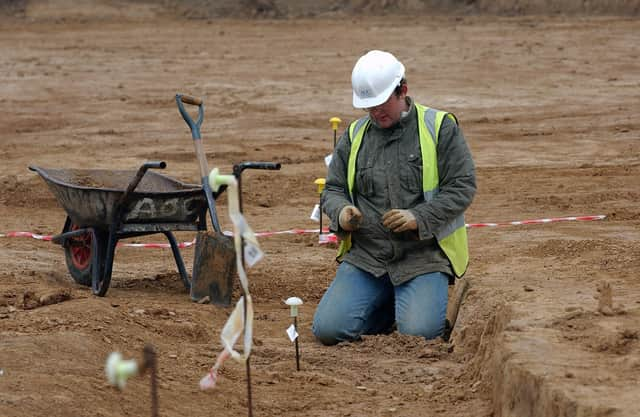Helen’s work drew on archaeology, a discipline concerned with retrieval, recording and re-assembling, in order to understand the human past. The London-based artist said: “I was very lucky I was given access to the finds. I was able to rummage through the boxes, handle the finds and decide what I thought captured different points in history. There were all sorts of things, some up to between 10,000 to 4,500 years BC, and other more contemporary things, such as belt hooks and buttons. Other artefacts I liked was a beautiful array of medieval coins.”
The diverse range of discoveries included Mesolithic and Bronze Age flint and flint tools, ceramic building materials and early Neolithic pottery, right through to medieval pottery. There were also seeds, grain and metalwork, such as buckles, fixings, coins and horseshoes. Other finds were an old railway uniform button badge and a Royal Sussex Regiment button badge. During the excavation, the earliest phase of activity identified occurred during the Mesolithic period, around 10,000 years ago. This was a period in the development of human technology, between the Paleolithic and Neolithic Ages, in which farming first occurred. As a whole, the site is thought to be of regional significance due to the number of phases represented on the site and the type of activity identified.
Helen, who was 26 at the time, spent three days examining the site’s finds, doing some preliminary sketches and taking photos before starting to produce the print and mixed media works, such as etching and reliefs. She was commissioned to select a number of the finds from the St Barnabas House excavation and produce a series of work, which were installed at the new site before it opened in March 2011. She said: “It was important to me the work reflected where it was inspired from, so it is nice it will be on display at the new hospice, so people know what that site was once home to.”
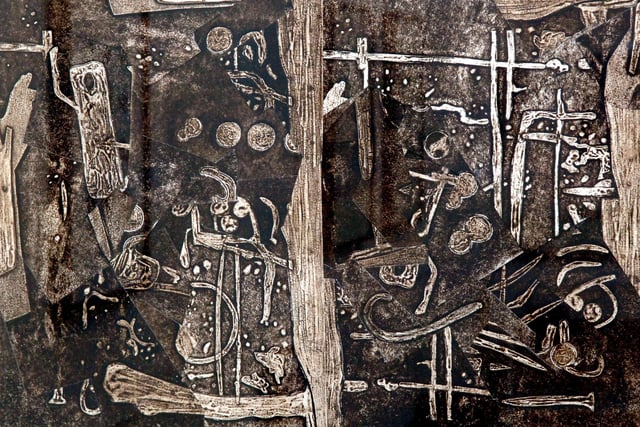
1.
Excavation, one of the artworks created by Helen Higgins. Picture: Gerald Thompson W05063H11
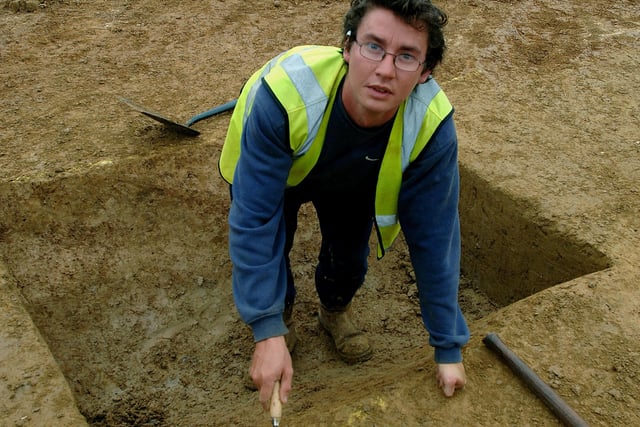
2.
Jon Potter at the dig in Titnore Lane in 2008. Picture: Stephen Goodger W39005H8 Photo: Worthing
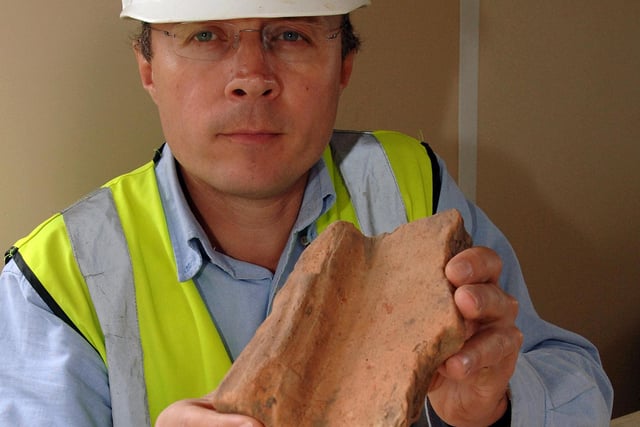
3.
Phil Emery with some of the Roman pottery found in September 2008. Picture: Stephen Goodger W39009H8 Photo: Worthing
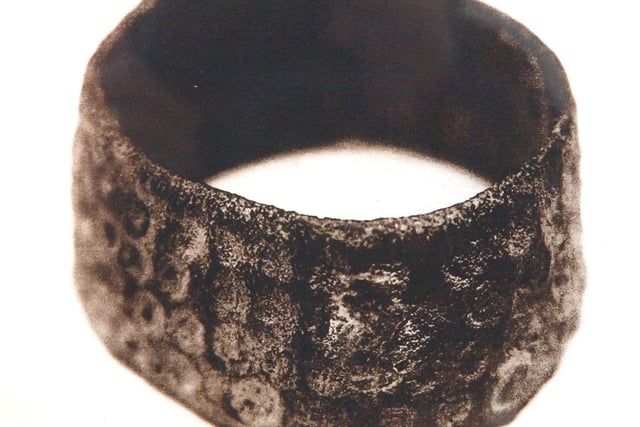
4.
A thimble, one of the St Barnabas House dig finds on display in the exhibition at Worthing Museum and Art Gallery in January 2011
